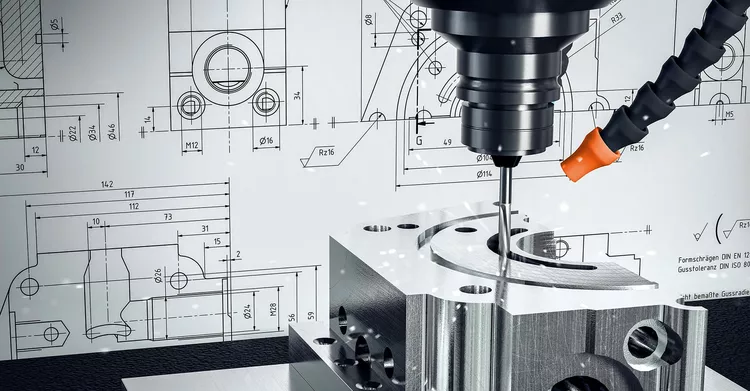Let’s start with the positive: For companies that create their FMEAs using a professional software solution in accordance with the existing VDA standard from 2006/2012, not much is expected to change. FMEA software providers are in contact with the FMEA consortium and for the most part have already prepared for the changes. They will bring their software updates to market shortly after the final standard has been released.
Discarding the risk priority number (RPN) and exchanging it for the task priority (TP) can certainly be considered one of the greater positive changes. Here, the aligned FMEA standard defines fields for Occurrence (O) and Detection (D) in dependence on Severity (S), in which further tasks can be categorized by “must”, “should” and “can”. Even if the definitions of the field are not directly comprehensible in individual cases, this is still a step in the right direction, a step some forward-thinking companies have already taken in similar ways.
Another positive item is the standardization of risk assessments and the applied tables. This was one of the reasons for starting the working group to standardize both standards in accordance with AIAG and VDA.
Last but not least, we must mention scoping, which has expanded the previous five steps required to create an FMEA in addition to a conclusive result documentation to a total of now seven steps. In the first step, scoping now allows companies to focus their FMEA application on developments and/or processes within which they expect effective correction measures. In this context, companies are currently developing risk filters that divide upcoming developments and/or process planning into “FMEA necessary”, “FMEA recommended” or “no FMEA”, based on self-defined logic.
A further big change is the way “Special Characteristics” are handled within the FMEA. Now, “Special Characteristics” no longer need to be mapped on the FMEA form during development. This item of the yellow print caused a lot of discussion. An inquiry with the head of the working group finally clarified the point: of course users can continue to use the De- sign FMEA to analyze “Special Characteristics” – but they don’t have to. Other systematic procedures are permitted as well. For Process FMEAs, on the other hand, the yellow print still has a small weak point. Here, the “Special Characteristics” in the FMEA form cannot be clear- ly allocated to the product or process characteristics. This, however, is an issue that will only affect software users to a small extent.
However, these positive items are opposed by an item that affects companies that still create their FMEAs in EXCEL. According to the current yellow print, in future these companies will have to depict the system’s structure as well as the function and failure analysis in the FMEA form. An FMEA form that contains these steps would then have 28 columns. Besides its elaborate and complex creation, these form-oriented FMEAs would have poor legibility.
Will companies now have to change all their FMEAs? No – once the new, aligned FMEA standards have been released, the following rules will apply: FMEAs that have already been started may be carried out using the old standard, whilst new FMEAs should use the new standard. If existing FMEAs have only marginal changes, the old standard can still be used in future. For greater changes, on the other hand, transitioning to the new standard is recommended.











Comments
No comments